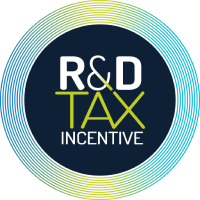Other R&D support
LET'S GET INNOVATIVE! There's lots of other support available
If your business wants to take innovation to the next level, check out the range of support offered by Callaghan Innovation.
You may be able to benefit from other types of R&D funding, or support such as:
- access to experts
- technology and product development
- innovation skills, and more.
To find out more, visit the Callaghan Innovation website.
Help to conduct your R&D
You can contract someone else to do R&D on your behalf and still claim the RDTI.
However, if you spend less than $50k, the expenditure will only qualify for the RDTI if you use an approved research provider.
Here's a list of approved research providers, which includes Callaghan Innovation's Research and Development Solutions.
Transition Support Payment for ex-Growth Grant recipients
If you’ve previously received a Growth Grant from Callaghan Innovation, you may be eligible to receive a Transition Support Payment.
Callaghan Innovation has worked to identify and contact potentially eligible customers, so it’s likely you have already received communications about this.
The Transition Support Payment is a temporary form of assistance to help you maintain your investment in R&D while you move to the RDTI. It can bring the total R&D support you receive to a similar level as your Growth Grant, provided you maintain a similar level of R&D.
Transition Support Payments can be paid for the following income years:
- 2019/2020
- 2020/2021
- 2021/2022.
Before you can apply for the Transition Support Payment for a particular income year, you must have applied for the RDTI for that year.
Note that you may be eligible for a Transition Support Payment even if your RDTI application is unsuccessful. However, you must make a ‘good faith attempt’ to participate in the RDTI. Find out more about this below.
